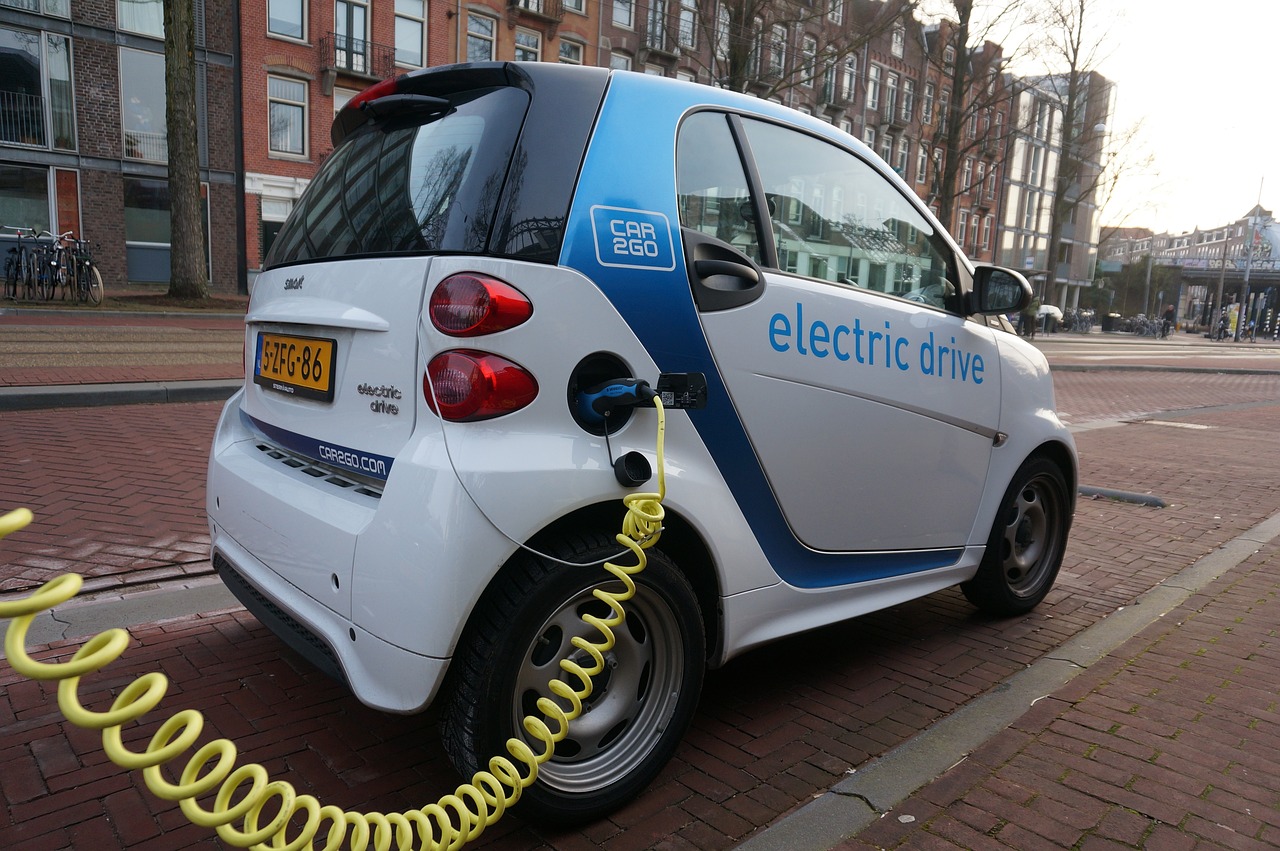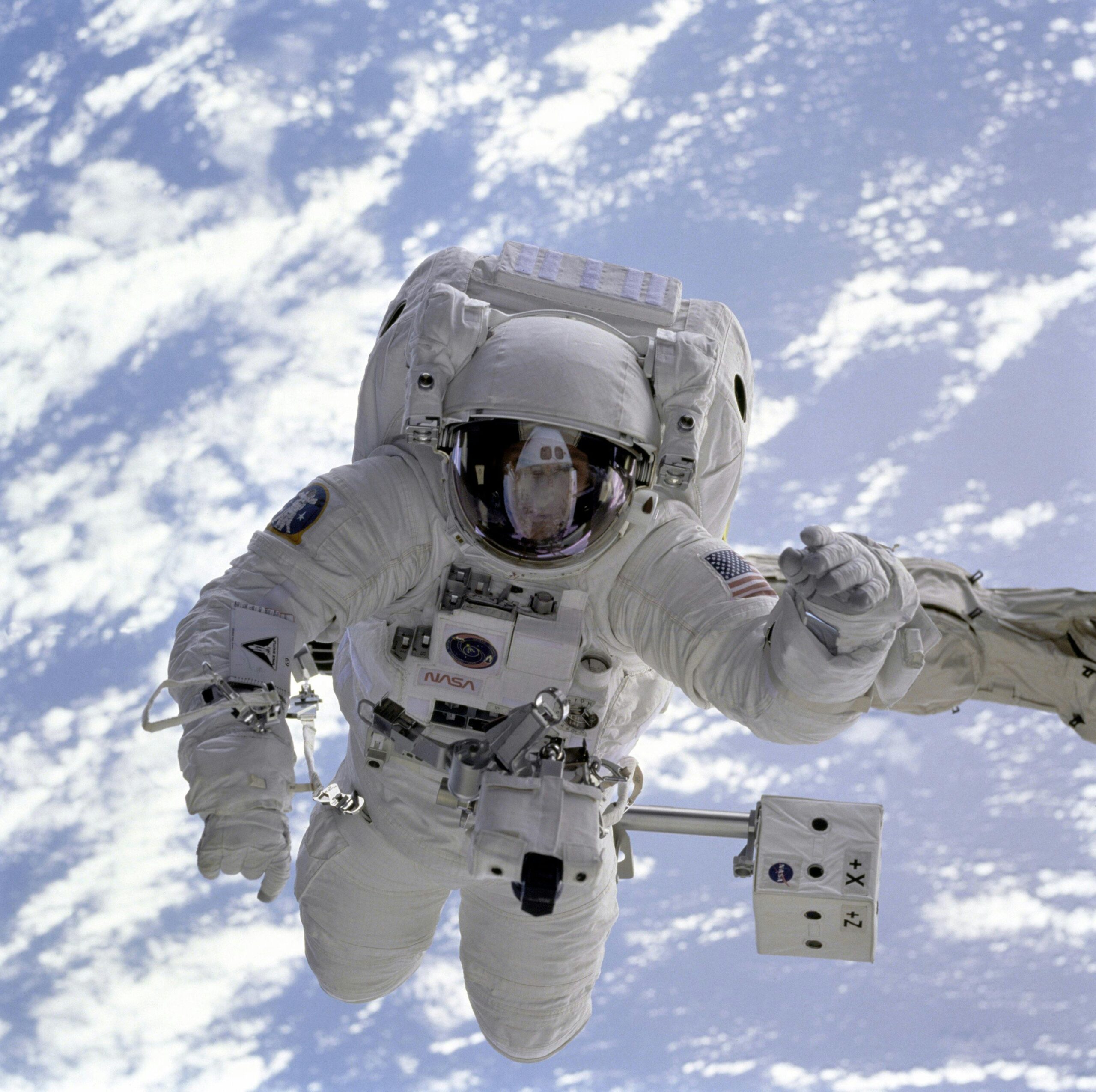Battery Electric Vehicles in India

Background:
- Battery Electric Vehicles (BEVs) are a type of electric vehicle that runs solely on electric power stored in high-capacity batteries.
- They do not have an internal combustion engine (ICE) and produce zero tailpipe emissions.
- BEVs use electric motors to drive the wheels, providing instant torque and smooth acceleration.
- BEVs rely on advanced battery technology, primarily Lithium-ion (Li-ion) batteries.
- Li-ion batteries offer high energy density, longer range, and improved performance.
Linkage:
- Norway: Norway has been a global leader in BEV adoption. The country offers generous incentives, including tax breaks, reduced registration fees, toll exemptions, and free parking for electric vehicles. These incentives, along with a robust charging infrastructure, have contributed to a significant percentage of new car sales being BEVs.
- China: China is the world’s largest market for electric vehicles. The Chinese government has implemented strong policies and incentives to promote electric vehicle adoption, including subsidies, tax credits, and restrictions on the sale of internal combustion engine vehicles in certain cities.
- Netherlands: The Netherlands has been supportive of electric mobility and has invested in charging infrastructure across the country. It offers tax benefits and incentives for electric vehicle owners and has set ambitious targets for the transition to electric vehicles.
- United States: Several states in the U.S. have been at the forefront of electric vehicle adoption. California, in particular, has been a leader in promoting electric vehicles through various incentives and regulations to reduce emissions and combat climate change.
Current News:
- As India strives to achieve its net-zero emissions target, battery electric vehicles (BEVs) have emerged as a centrepiece of the government’s push for sustainable mobility.
- However, while countries like Norway and China have seen success with BEVs, India faces unique challenges due to its specific conditions.
- Currently, India has a limited number of public charging stations, requiring a tailored strategy that accommodates the dominant presence of two- and three-wheelers. Only about 2,000 public charging stations are currently operational across the country.
- The majority of India’s electricity is still generated from coal-fired thermal plants, impacting the environmental benefits of EVs.
- EVs remain expensive compared to Internal Combustion Engine (ICE) vehicles. Costly batteries contribute to the overall high price.
Impact:
- Hybrid Vehicles: Hybrids offer improved fuel efficiency without requiring extensive charging infrastructure. They can serve as an intermediate step towards ‘all-electric’ vehicles and help establish the battery ecosystem.
- Ethanol & Flex Fuel: Flex-fuel vehicles can run on various fuel types, including ethanol, reducing reliance on fossil fuels.
- Fuel Cell Electric Vehicles (FCEVs) & Hydrogen ICE: FCEVs run on hydrogen fuel cells, which produce electricity and water as the only by-products offering a clean and efficient alternative to BEVs.Hydrogen ICE vehicles use hydrogen as a fuel in ICEs offering a simpler and cheaper alternative to BEVs.However, both FCEVs and Hydrogen ICEs have their own shortcomings in terms of infrastructure and zero emissions.
- Synthetic Fuels: Porsche is developing synthetic fuels that make ICEs CO2-neutral, potentially extending the life of ICE vehicles. These fuels, produced from carbon dioxide and hydrogen using renewable energy, could have broader applications.








